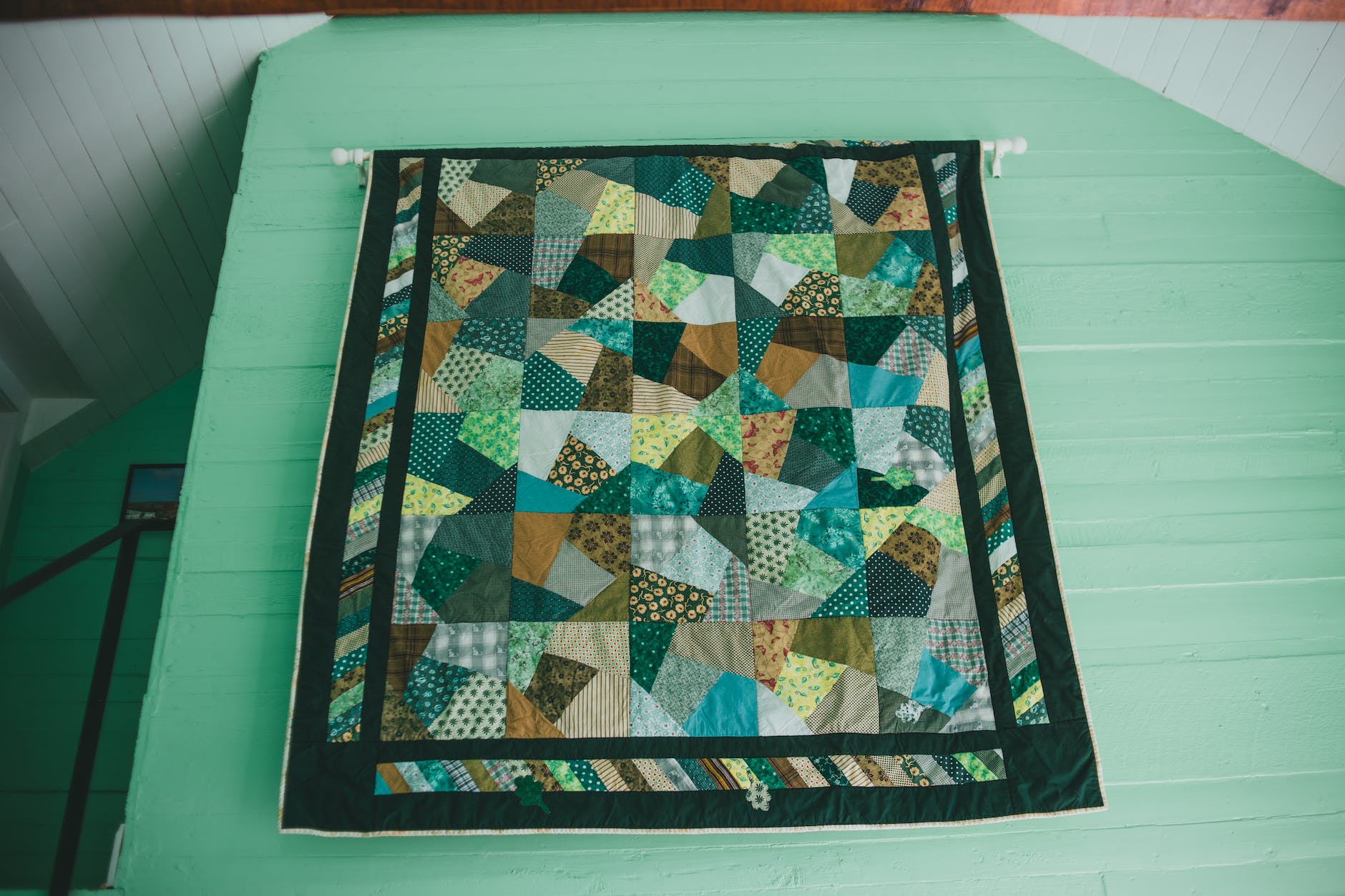Getting Started with Quilting: Tips and Tricks for Novices
The intricate beauty of quilts often intimidates beginners from attempting their first project. However, anyone can successfully learn quilting fundamentals with proper guidance. Starting with simple patterns, user-friendly materials and basic tools allows new quilters to build skills without getting overwhelmed. With encouragement and patience, new devotees can discover quilting’s immense creative rewards.
Choosing First Projects
Beginner-friendly quilt patterns exhibit the following qualities:
- Simple Block Designs – Repeating blocks with straight seams like four patch or nine patch squares.
- Minimal Piecing – Quilts using large scale pieces with few seam intersections. Jelly roll rugs, strip quilts.
- No-Sew Options – Fleece or chenille throw “quilts” only requiring tying to finish. Great confidence boosters.
- Pre-cuts Fabrics – Jelly rolls, charm squares, layer cakes simplify cutting and provide coordinated fabrics.
- Non-Rectangular Designs – Hexagons, triangles or freeform pieces help grasp geometry.
Starting with Essential Tools
Novices only need a few key items at first:
- Basic Sewing Machine – Entry level machine adequate for straight line quilting.
- All-Purpose Thread – Quality thread prevents tension headaches and snapping.
- Rotary Cutter and Self-Healing Mat – Essential for accurately cutting fabrics, avoiding fraying.
- Acrylic Ruler – Gridded see-through rulers to cut straight lines cleanly.
- Scissors – Dedicated fabric scissors prevent dulling regular shears on fabric.
- Pins – Glass head quilting pins are ultra sharp and grip well without bending.
- Seam Ripper – Removing stitches without damaging fabric makes fixing mistakes easy.
Developing Core Skills
Fundamentals that build long-term quilting success:
- Rotary Cutting – Using rulers as guides to cut precise shapes with rotary cutters.
- Piecing – Creating patchwork by stitching cut fabric pieces together into blocks.
- Pressing Seams – Flattening stitched seams with an iron ensures flat, even blocks.
- Squaring Up – Using a ruler to trim pieced blocks evenly for uniform size.
- Sandwiching – Layering the quilt top, batting and backing for tying or quilting.
- Binding – Neatly stitching fabric strips over raw quilt edges finishes them.
Embracing the beginner learning curve with fortitude allows novice quilters to uncover a treasured lifelong craft over time. Patience and practice pave the way.
